BURGOS, Spain: For the first time, scientists have been able to study the conserved original fossil remains of Peking Man. The six teeth belonging to Homo erectus were found in the mid-twentieth century at the Middle Pleistocene archaeological site of Zhoukoudian in Beijing in China, but were lost during shipping to the US in the 1930s. Declared by UNESCO as a World Heritage Site, it has produced numerous human remains.
The Peking Man is one of the earliest and most emblematic hominins ever found. Since the loss of the remains, “for research on the fossil humans found at the site during the 1930s, plaster replicas of very poor quality have been used, as well as the descriptions and sketches that the researcher Franz Weidenreich left us,” said one of the study’s researchers Dr José María Bermúdez de Castro, coordinator of the Paleobiology of Hominins programme.
According to the scientists from the Centro Nacional de Investigación sobre la Evolución Humana (CENIEH) in Burgos and the Chinese Academy of Sciences in Beijing, the study provides new original data, including the endo-structure of most Zhoukoudian H. erectus teeth preserved to date. The new evidence confirms the similarities of Zhoukoudian and other East Asian mid-Middle Pleistocene hominins such as Hexian and Yiyuan, allowing the definition of a dental pattern potentially characteristic of the population commonly referred to as classic H. erectus.
The fossils were initially attributed by the Canadian anthropologist Davison Black to the species Sinanthropus pekinensis. Later, in the 1950s, these fossils were included in the species H. erectus. Co-author and -researcher Dr María Martinón-Torres, Director of the CENIEH, explained that it was long held that this species was a direct ancestor of modern humans and all the human fossils found in what the west call the Far East and in the current islands of Indonesia have been attributed systematically to H. erectus.
The researchers now hope their recent work will lead the way to a definitive revision of all the human fossil material from the Far East.”
The study, titled “The fossil teeth of the Peking Man”, was published on 1 February 2018 in the Nature journal.
Tags:
LONDON, UK: Looking back in time through archaeology has revealed many insights to explain where Homo sapiens came from. By examining teeth, scientists have...
NEW YORK, U.S.: An international team of researchers from Israel and America has discovered a fossilized jawbone that they say is the earliest modern human ...
YORK, UK: The history of dairy consumption among European populations is a surprisingly contentious subject. Lactase persistence—the ability to digest the...
BRISBANE, Australia: South East Asia is a key region for understanding the human dispersal out of Africa and down to Australia. It is a common consensus ...
PORTSMOUTH, UK: According to new research from the University of Portsmouth in England, fossils from the oldest mammals belonging to the line that led to ...
LONDON, England: Previous research has shown that, when combined, dental epithelial and mesenchymal cells can form tooth-like structures in vitro called ...
SYDNEY, Australia: Understanding the dental industry is a key function of the Dental Board of Australia, and the board plays an important role in the ...
WASHINGTON, US: While the links between oral and systemic health are well established and widely discussed in the dental literature, the broader ...
HELSINKI, Finland: Video helps dental care providers explain and document more easily than ever before. This, in turn, helps patients replace fear with ...
OFFENBACH, Germany: Tooth extraction is part of the day-to-day business in a dental practice. However, last year, Dr Max Lukas was fairly stunned when he ...
Live webinar
Mon. 12 January 2026
9:00 am EST (New York)
Prof. Judith Jones D.D.S; M.P.H., Prof. Kakuhiro Fukai D.D.S., Ph.D, Dr. Bathsheba (Bethy) Turton
Live webinar
Wed. 14 January 2026
12:00 pm EST (New York)
Dr. Théo Laplane, Dr. Robert Gottlander DDS
Live webinar
Fri. 16 January 2026
12:00 pm EST (New York)
Live webinar
Mon. 19 January 2026
1:00 pm EST (New York)
Philipp Kopp, Michael Seeber
Live webinar
Thu. 22 January 2026
2:00 pm EST (New York)
Dr. Nicola M. Grande DDS, PhD
Live webinar
Wed. 28 January 2026
8:00 am EST (New York)
Live webinar
Wed. 28 January 2026
11:00 am EST (New York)
Prof. Dr. Jan-Frederik Güth



 Austria / Österreich
Austria / Österreich
 Bosnia and Herzegovina / Босна и Херцеговина
Bosnia and Herzegovina / Босна и Херцеговина
 Bulgaria / България
Bulgaria / България
 Croatia / Hrvatska
Croatia / Hrvatska
 Czech Republic & Slovakia / Česká republika & Slovensko
Czech Republic & Slovakia / Česká republika & Slovensko
 France / France
France / France
 Germany / Deutschland
Germany / Deutschland
 Greece / ΕΛΛΑΔΑ
Greece / ΕΛΛΑΔΑ
 Hungary / Hungary
Hungary / Hungary
 Italy / Italia
Italy / Italia
 Netherlands / Nederland
Netherlands / Nederland
 Nordic / Nordic
Nordic / Nordic
 Poland / Polska
Poland / Polska
 Portugal / Portugal
Portugal / Portugal
 Romania & Moldova / România & Moldova
Romania & Moldova / România & Moldova
 Slovenia / Slovenija
Slovenia / Slovenija
 Serbia & Montenegro / Србија и Црна Гора
Serbia & Montenegro / Србија и Црна Гора
 Spain / España
Spain / España
 Switzerland / Schweiz
Switzerland / Schweiz
 Turkey / Türkiye
Turkey / Türkiye
 UK & Ireland / UK & Ireland
UK & Ireland / UK & Ireland
 Brazil / Brasil
Brazil / Brasil
 Canada / Canada
Canada / Canada
 Latin America / Latinoamérica
Latin America / Latinoamérica
 USA / USA
USA / USA
 China / 中国
China / 中国
 India / भारत गणराज्य
India / भारत गणराज्य
 Pakistan / Pākistān
Pakistan / Pākistān
 Vietnam / Việt Nam
Vietnam / Việt Nam
 ASEAN / ASEAN
ASEAN / ASEAN
 Israel / מְדִינַת יִשְׂרָאֵל
Israel / מְדִינַת יִשְׂרָאֵל
 Algeria, Morocco & Tunisia / الجزائر والمغرب وتونس
Algeria, Morocco & Tunisia / الجزائر والمغرب وتونس
 Middle East / Middle East
Middle East / Middle East
























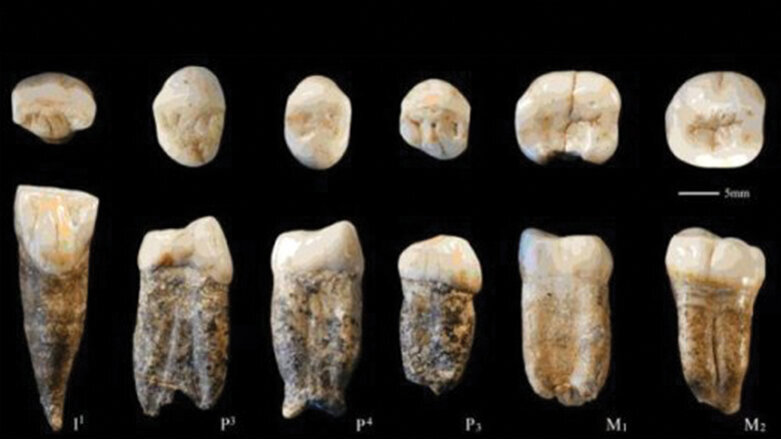

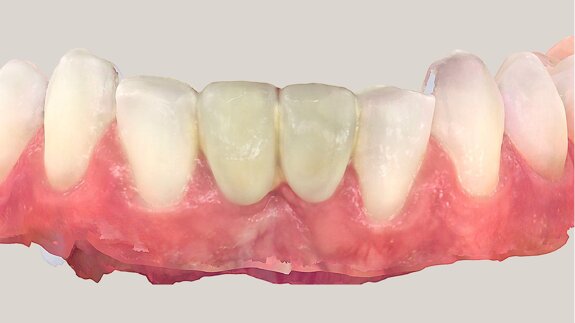

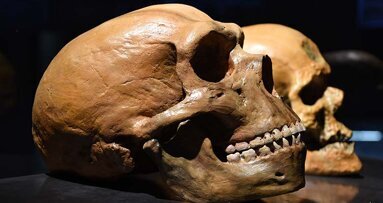
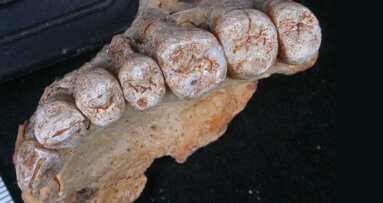
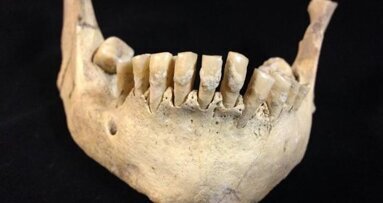
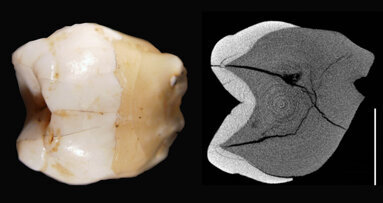
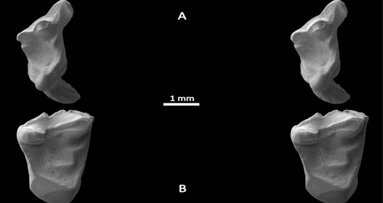
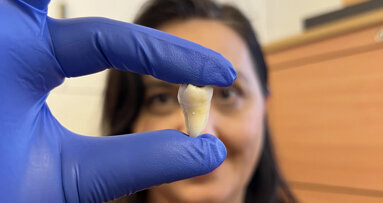


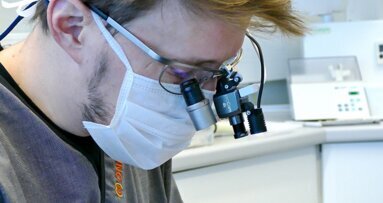
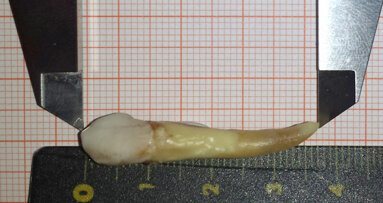










To post a reply please login or register